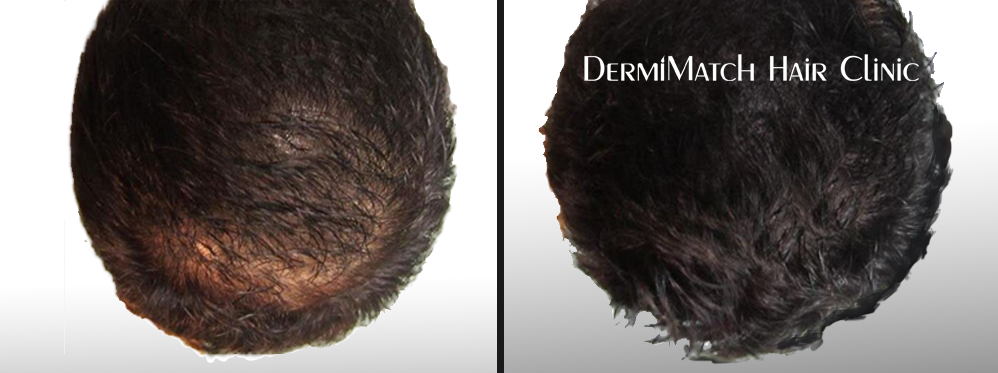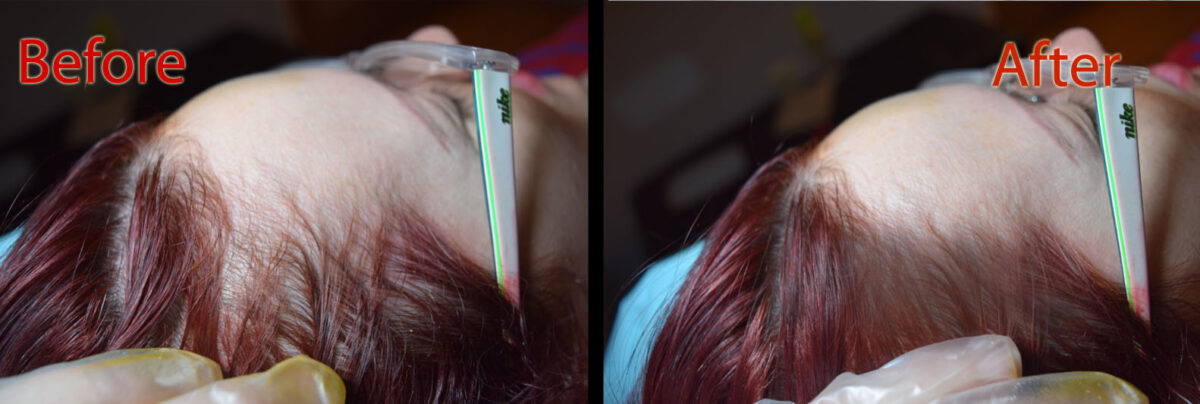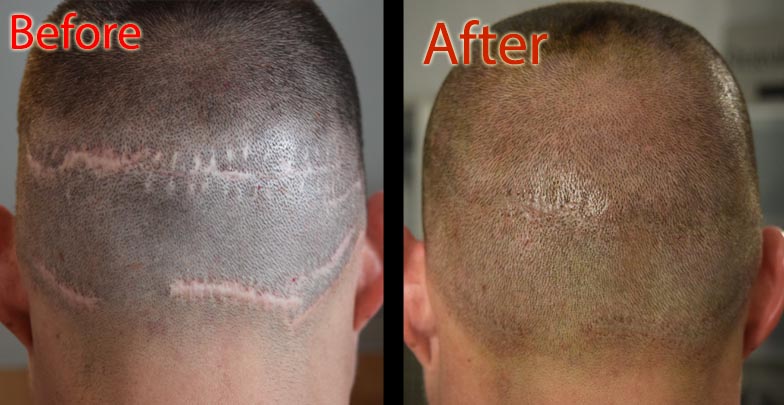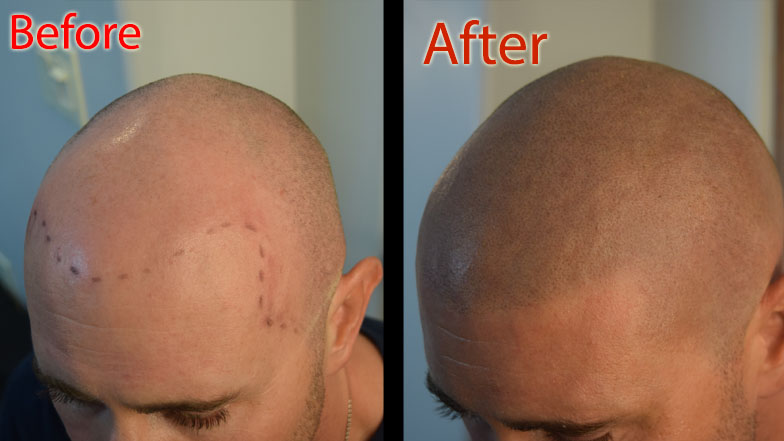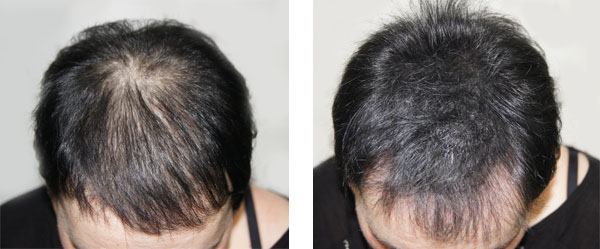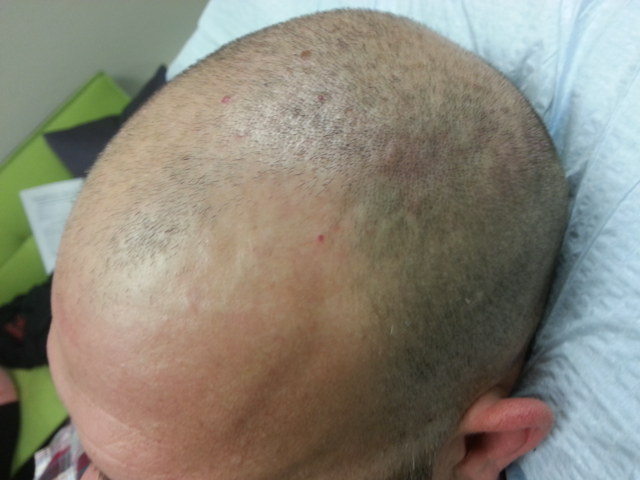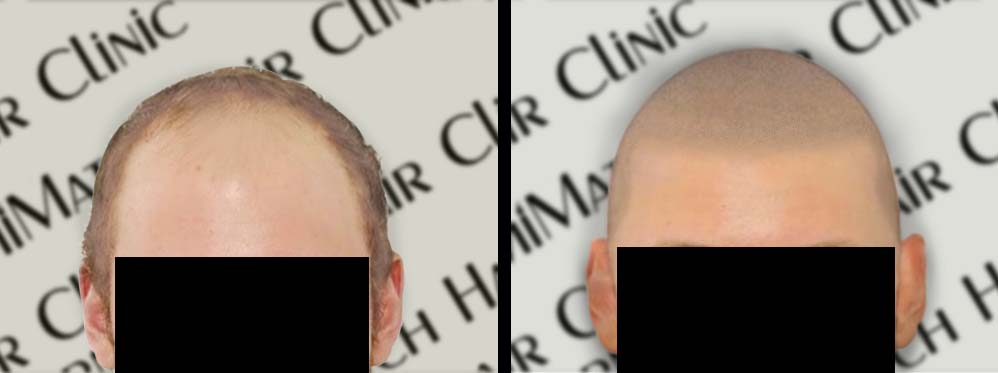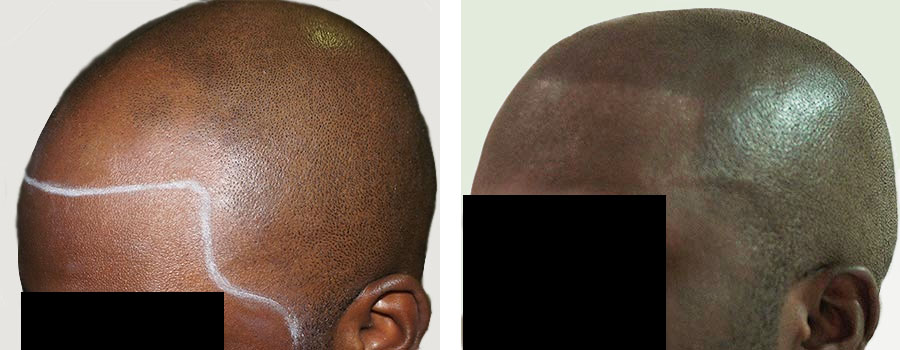Hydration for hair is crucial for healthy and vibrant hair. It can help prevent breakage, split ends, and dullness by maintaining the moisture balance in hair. When we talk of hydration, it means both internal and topical hydration.
The Importance of Hydration for Hair
Hair Structure and Moisture
Hair strands are about 25% water, so water helps stimulate hair growth. Water keeps hair hydrated, preventing dryness, brittleness, and split ends. Dehydration can halt hair growth, leading to dry, straw-like hair that is prone to breakage.
Scalp Health
Hydration for hair is essential for a healthy scalp. A well-hydrated scalp prevents dryness, itchiness, and flakiness, which can contribute to hair loss or stunted hair growth. Proper moisture keeps pores clear and ensures hair follicles are nourished, supporting healthy hair growth.
Hair Texture
Hydrated hair is smooth, soft, and shiny, whereas dehydrated hair appears dull and coarse. Water helps keep the hair cuticles smooth, reducing frizz and increasing manageability. Hydrated hair is also more resilient to damage from heat styling and environmental stressors.
Nutrient Delivery and Toxin Removal
Water is essential for delivering nutrients to hair follicles, keeping them strong and healthy. It also aids in flushing out toxins that can impair hair follicle function.
Consequences of Dehydration for Hair
Dehydration can affect the look and feel of hair. Dehydrated hair often appears dull and lifeless due to a lack of nutrients. Without proper hydration, hair is prone to split ends because damaged cuticles cannot protect the strands from breakage.
Dehydration can also affect hair strength, scalp condition, and increase shedding.
Scalp Micropigmentation as an Alternative Treatment
While maintaining adequate hydration is vital for hair health, those experiencing hair loss or thinning may consider alternative treatment. Scalp micropigmentation is one such innovative hair restoration technique that can help.
SMP creates the impression of fuller hair by applying pigmented dots to the scalp. This treatment is effective for concealing thinning areas or scars. SMP can even replicate a shaved head.
Unlike hair loss treatments, scalp micropigmentation does not stimulate hair growth or damage existing hair follicles. It offers an immediate cosmetic solution for those seeking to improve the appearance of hair density. The treatment hides flaws under the SMP pigment.
However, the success and safety of this treatment heavily depends on the expertise of the practitioner performing it. Always trust your scalp job to trained Arizona SMP professionals rather than unqualified tattoo artists. Remember, the techniques and knowledge required for effective scalp micropigmentation are distinct from traditional tattooing.
The Need for Specialized Training
SMP practitioners undergo specialized training that focuses on the specific techniques and tools of scalp micropigmentation. This training includes understanding skin health, pigmentation, and the use of anesthetics, which are essential for ensuring client comfort and safety during the procedure.
Unlike traditional tattoo artists, who may not have this specialized knowledge, SMP specialists are educated in various scalp conditions. Scalp artists know how to tailor their approach to meet individual client needs.
Understanding Techniques
SMP techniques are different from those employed in general tattooing. It requires precision in creating realistic hairline designs and shading effects that mimic natural hair growth.
Choose SMP practitioners in Arizona who are adept at using specialized equipment designed for scalp pigmentation. This ensures pigments are applied safely and effectively to achieve a natural look.
Choosing a qualified scalp micropigmentation specialist is essential for achieving satisfactory results while ensuring safety throughout the process. The unique skills required for SMP—ranging from artistic ability to medical knowledge—set trained practitioners apart from unqualified tattoo artists.
Get Arizona SMP help at DermiMatch Clinic to get the right solution to your problem. Schedule a consultation now!


